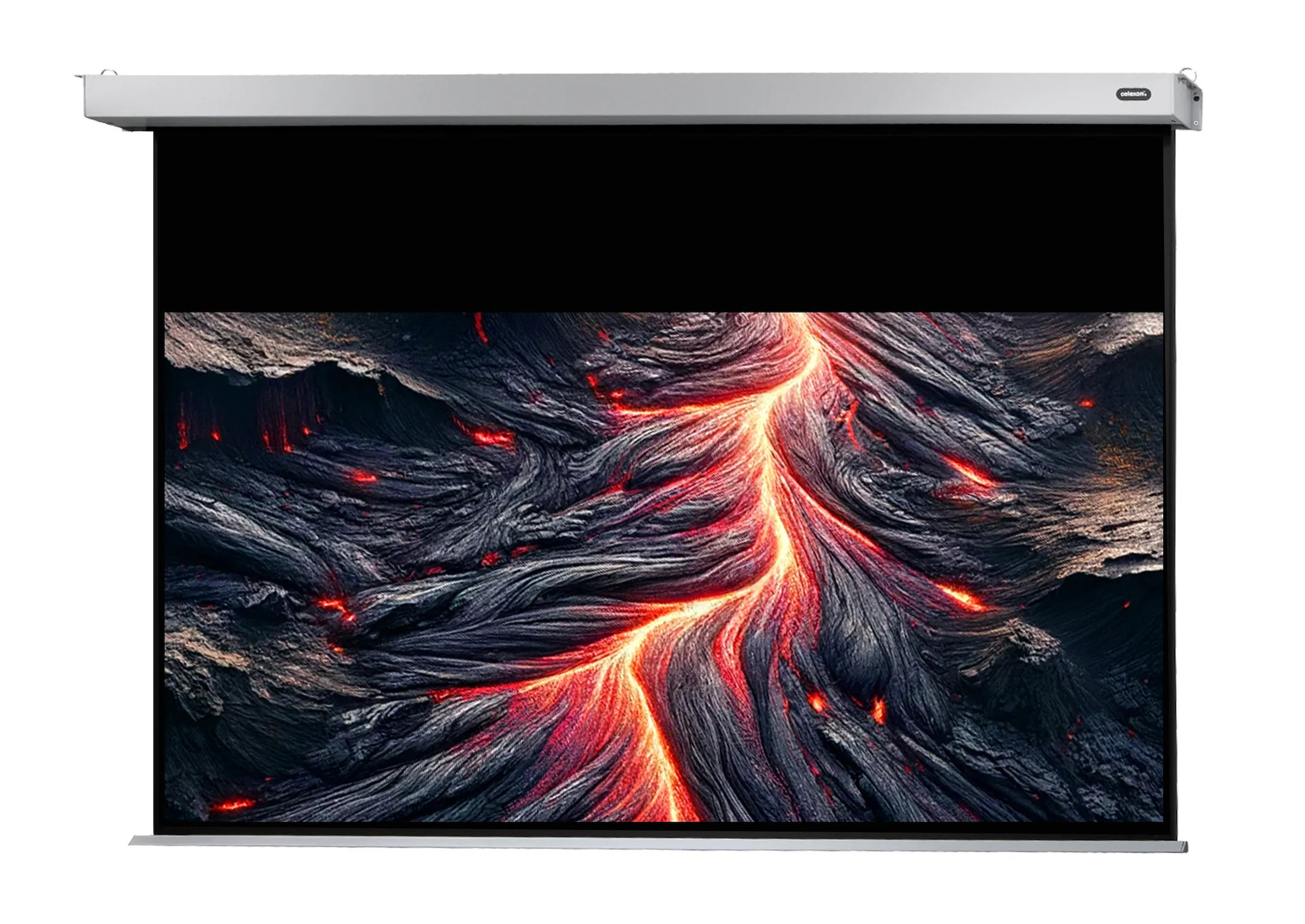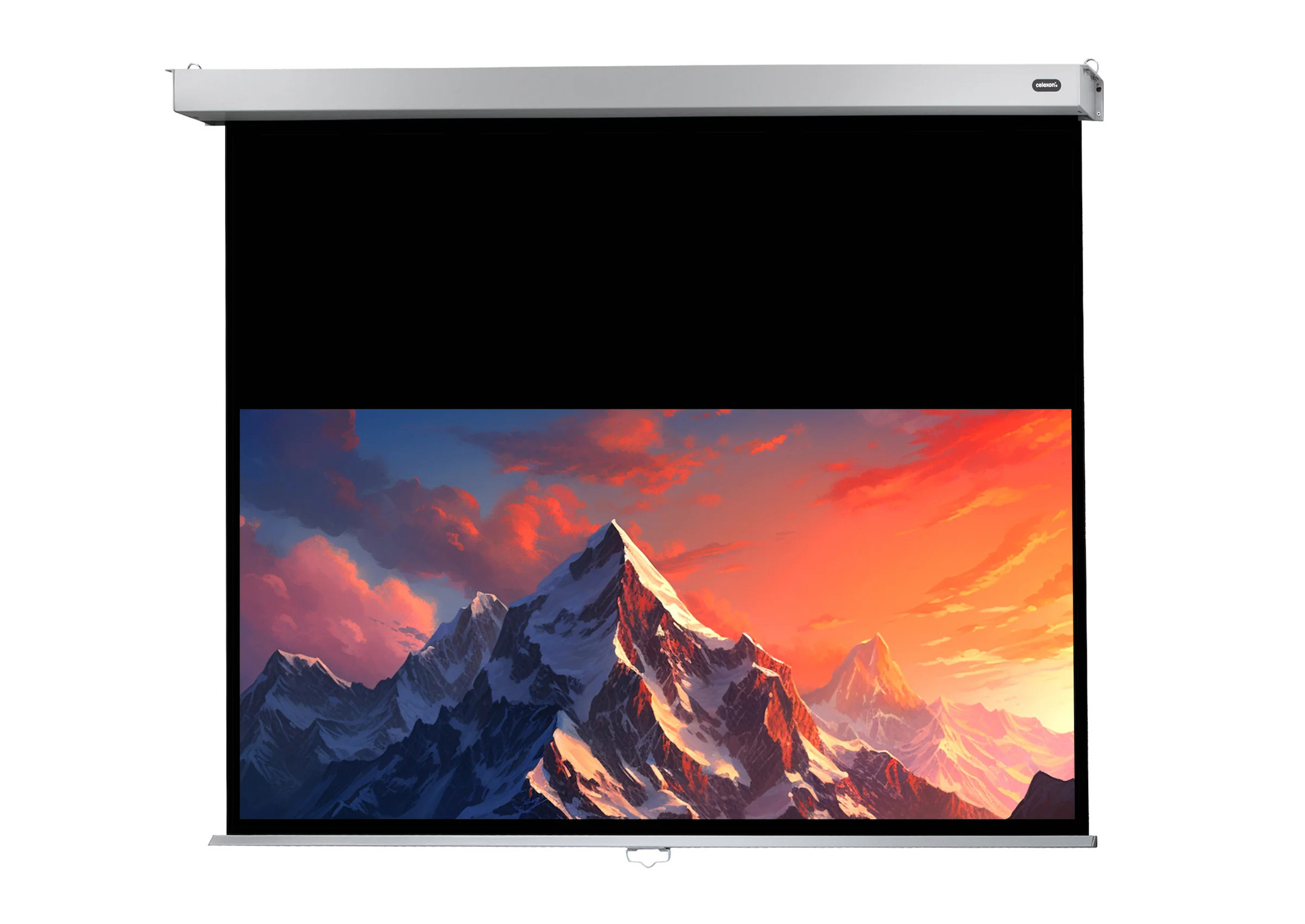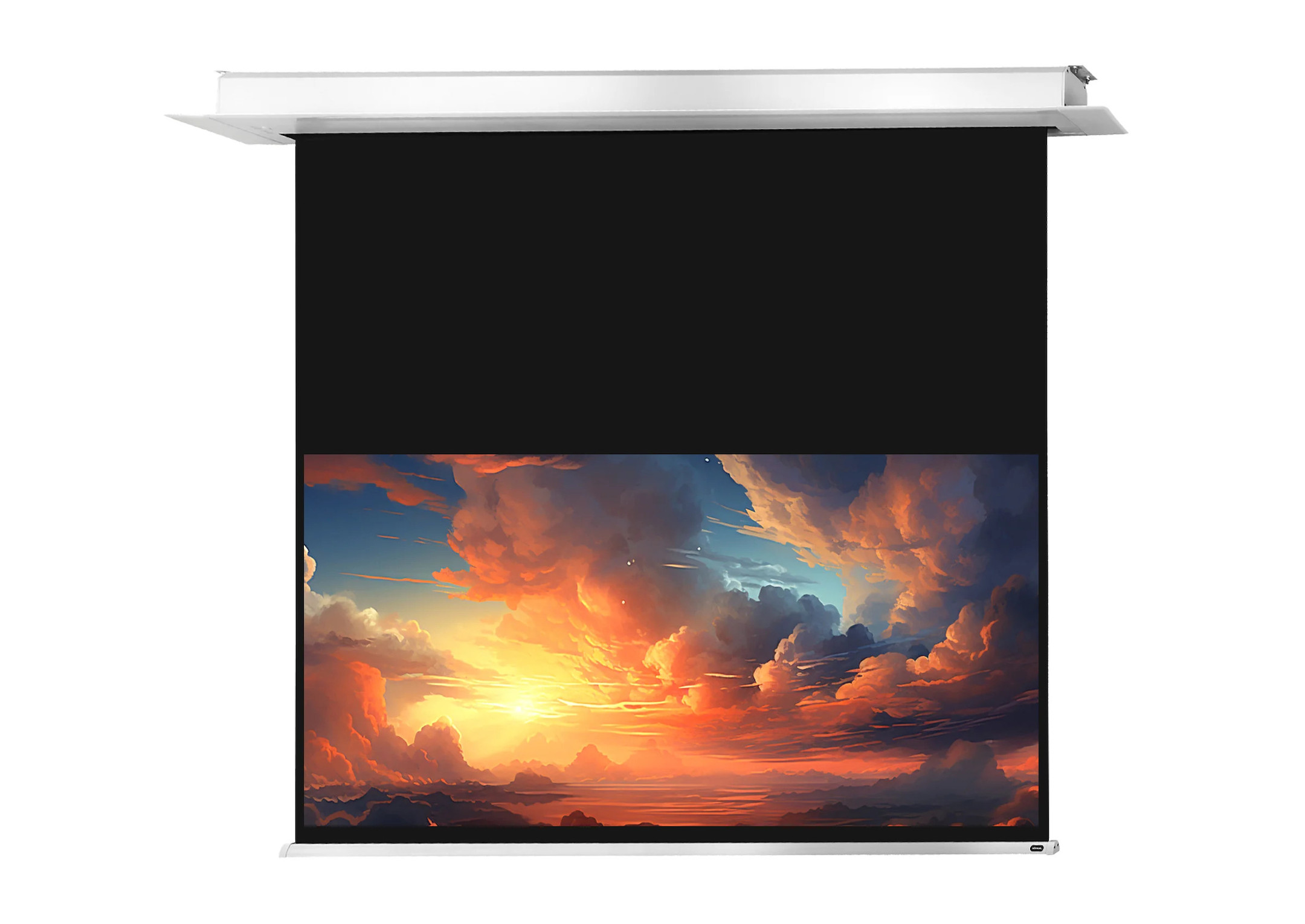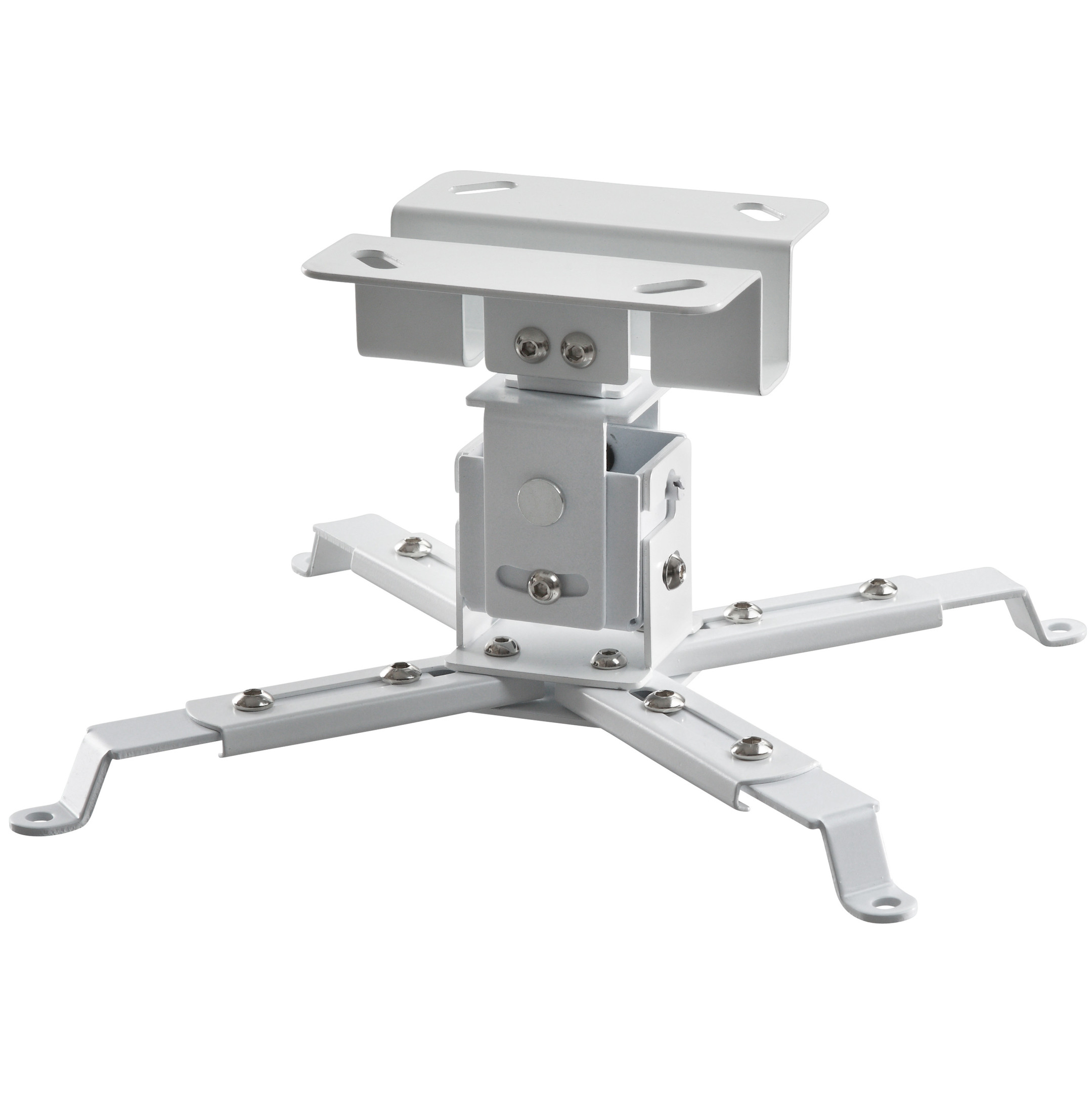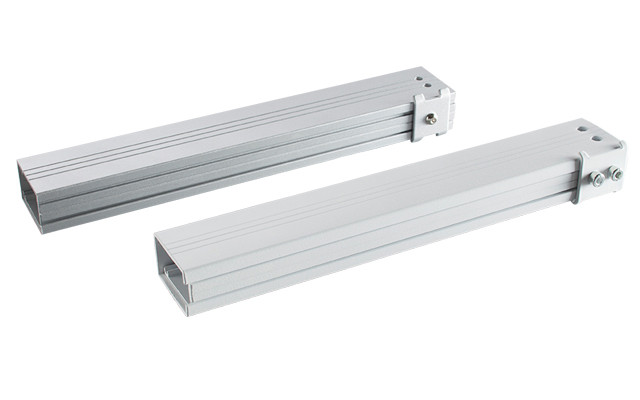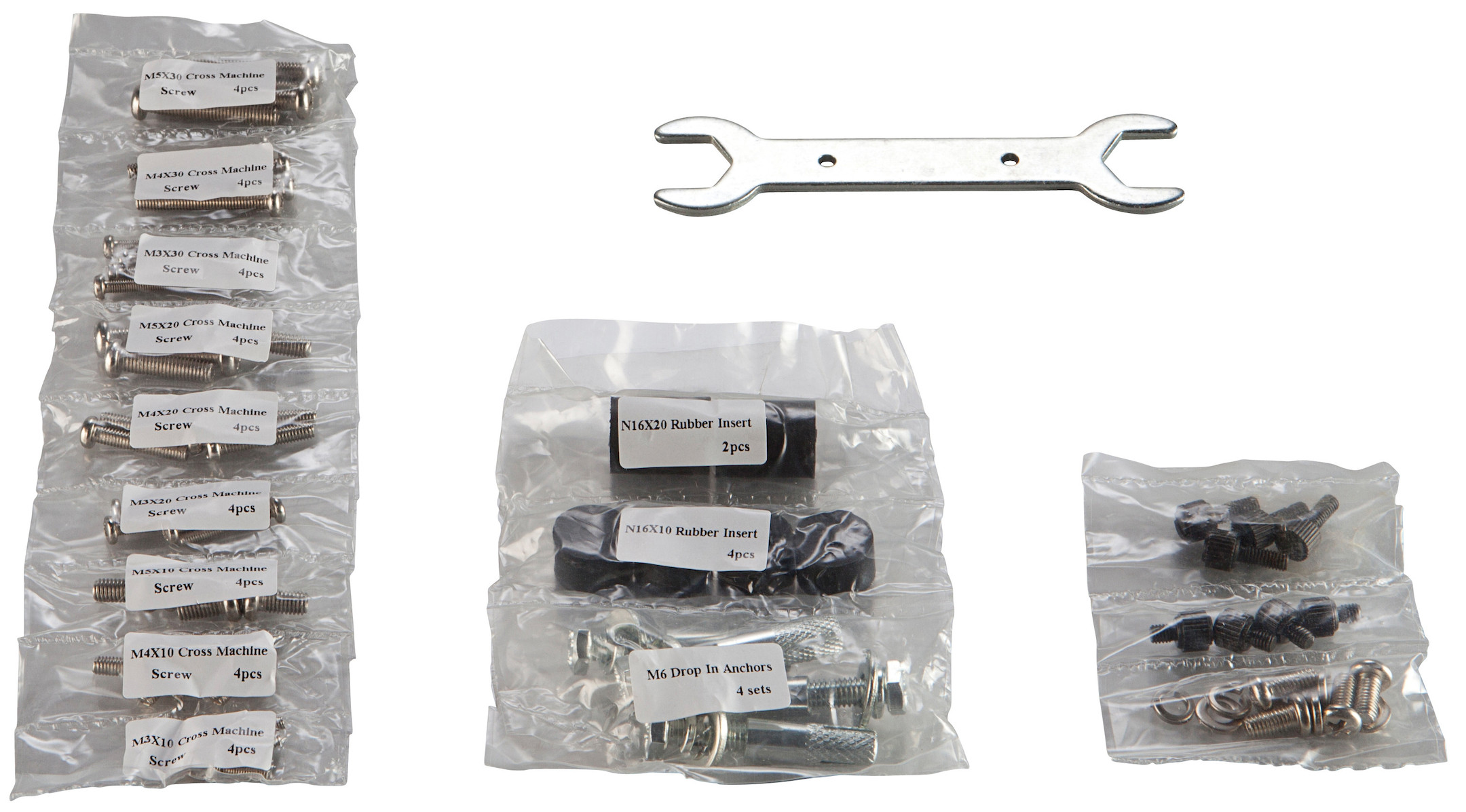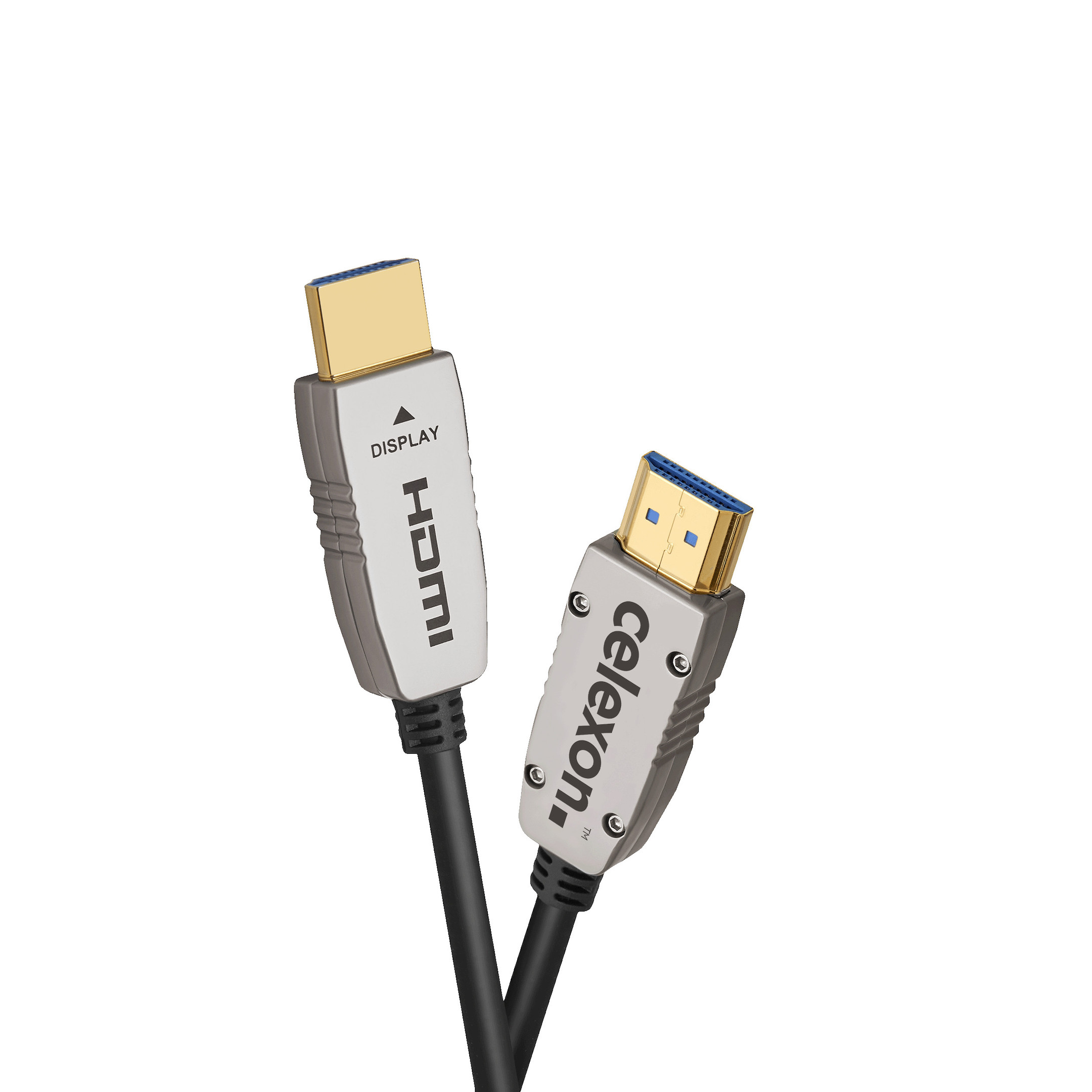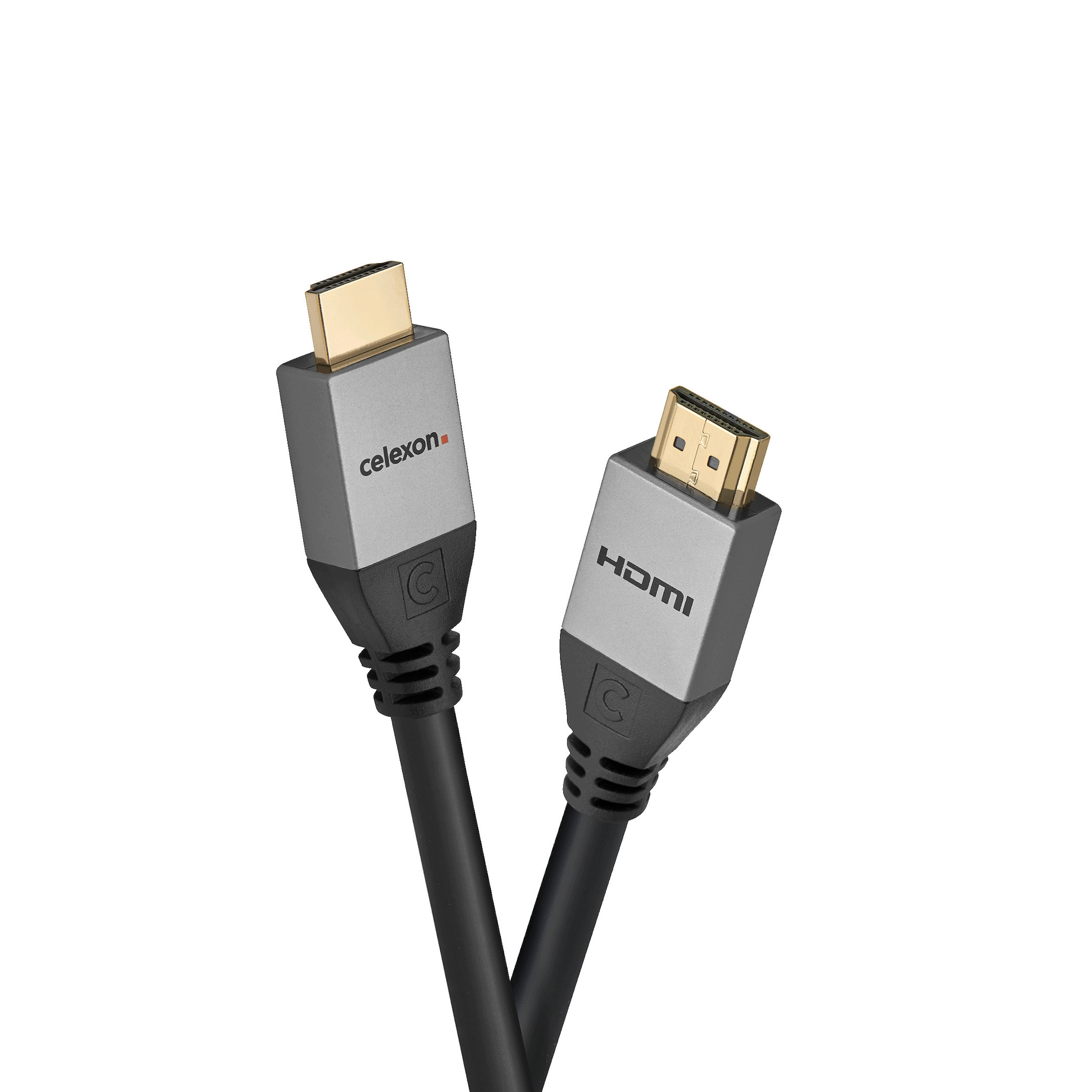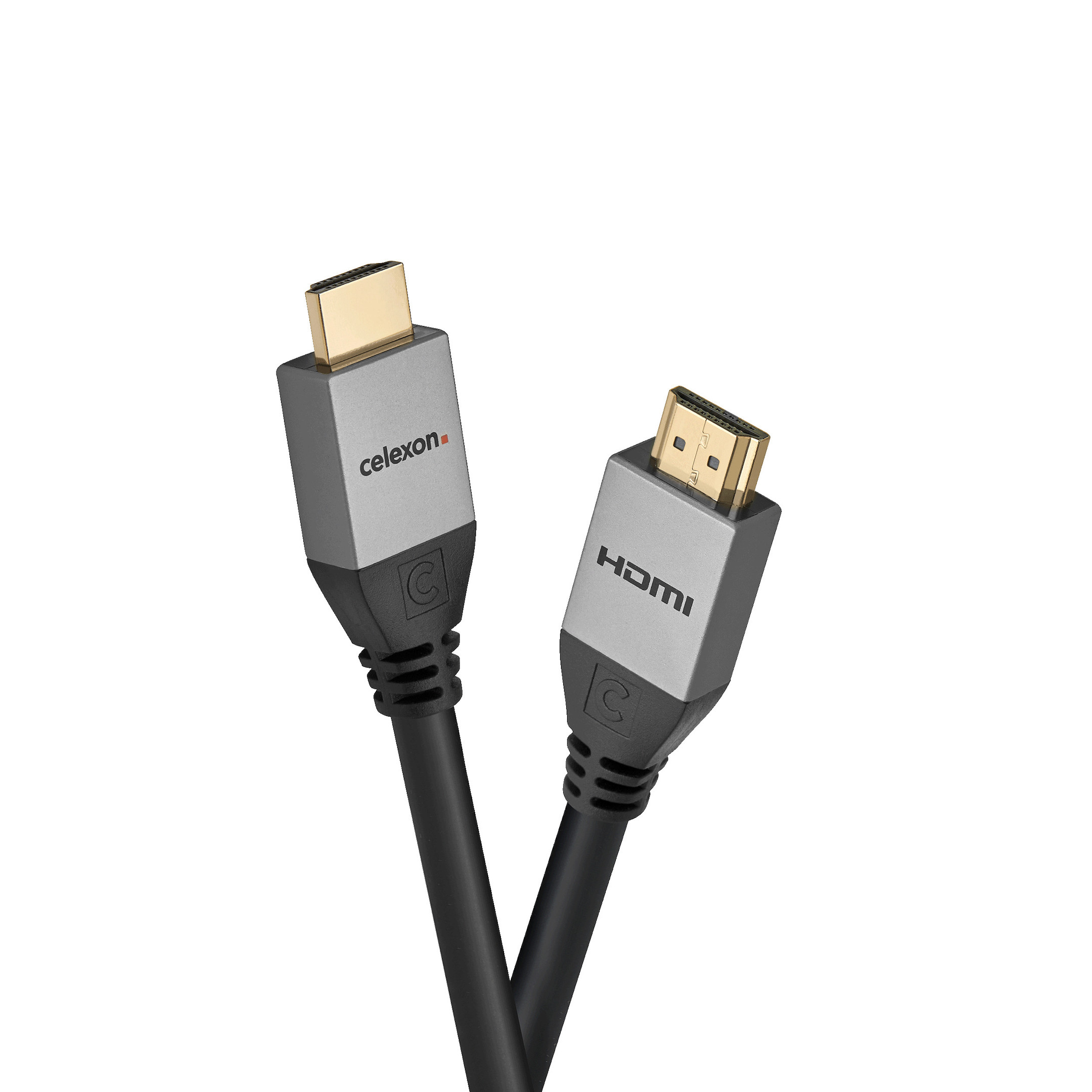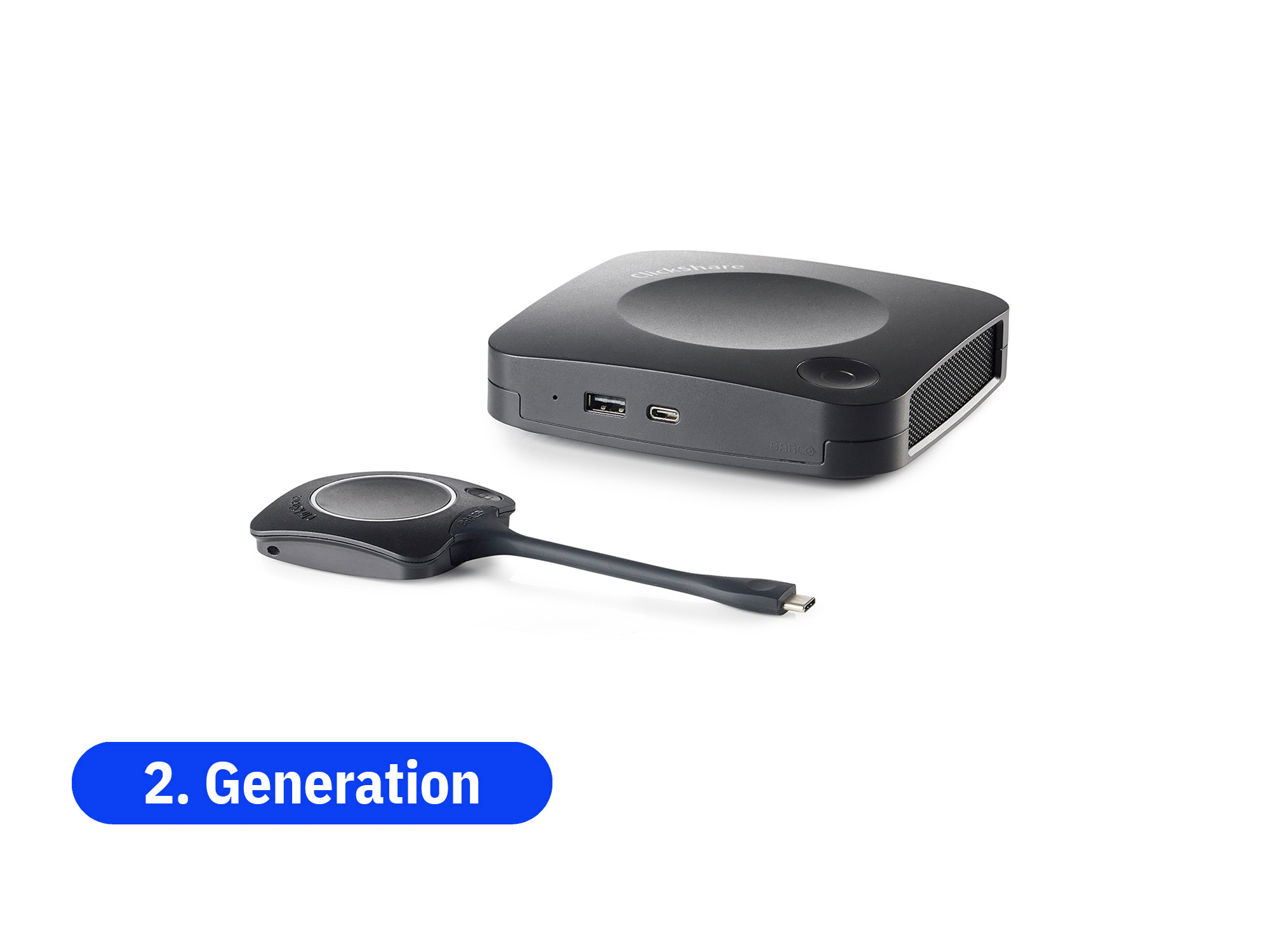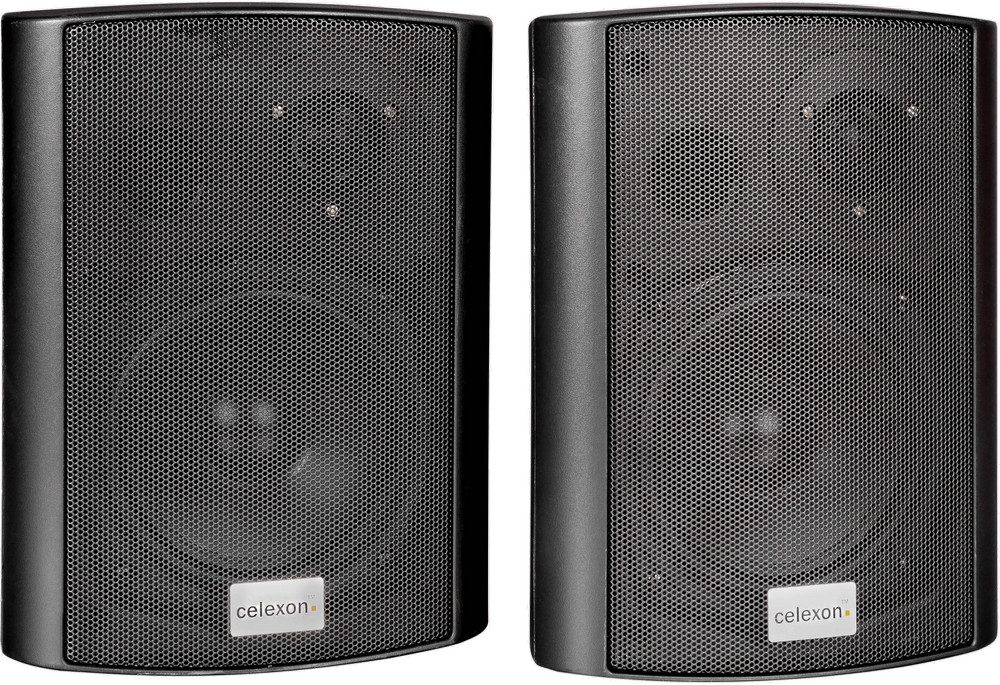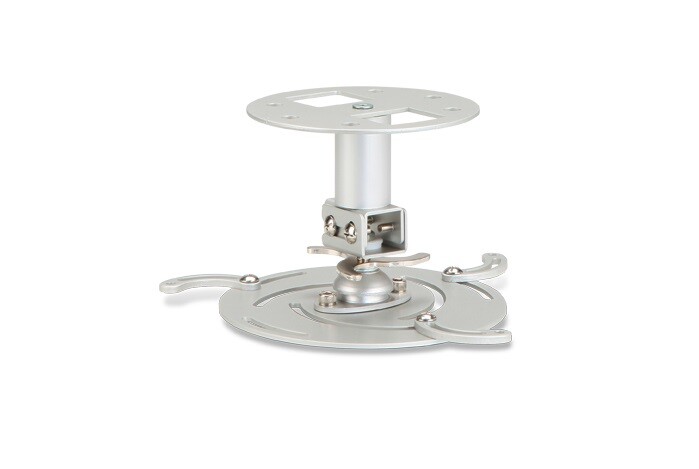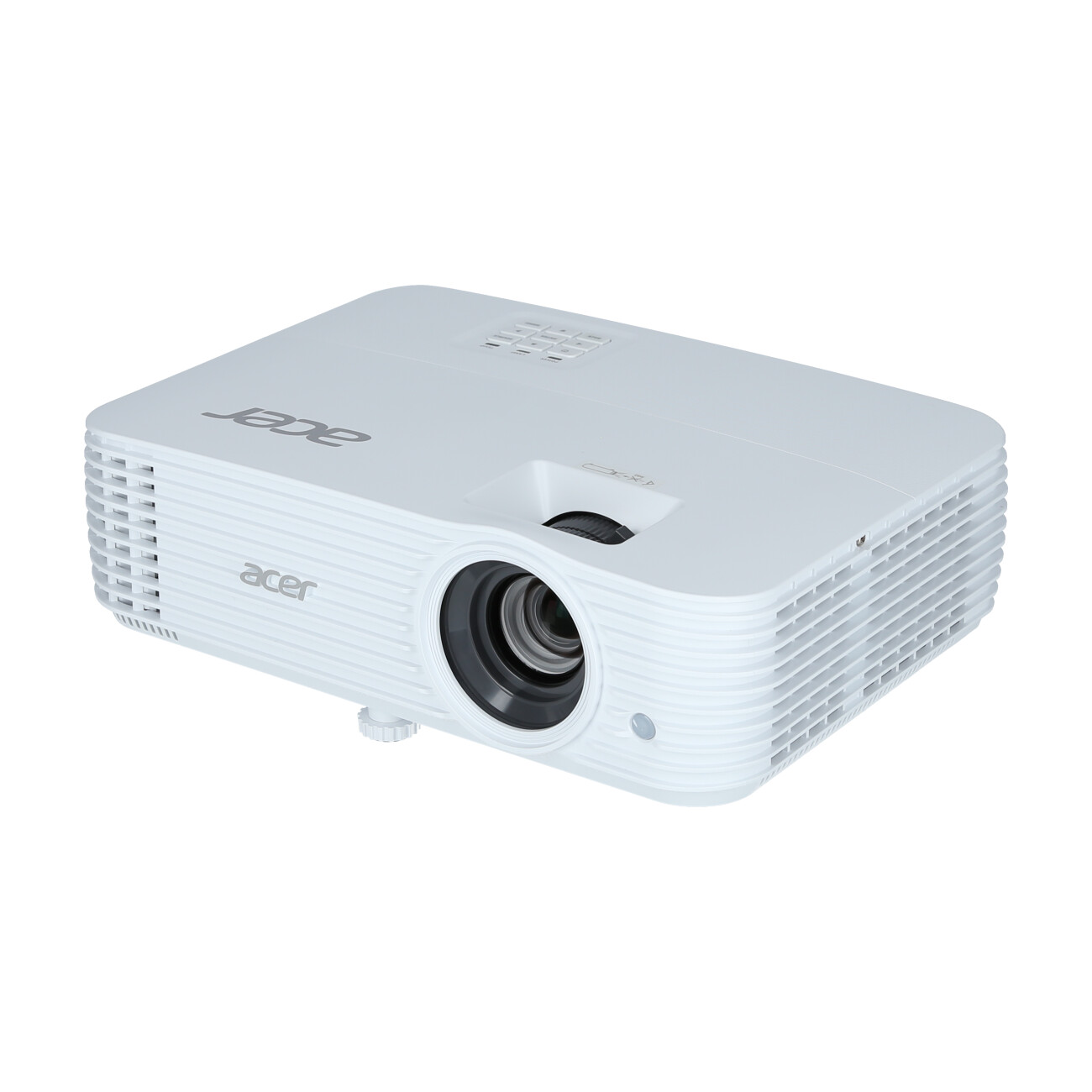







































- Light Brightness 4,800 Lumen
- Resolution 1920 x 1200 WUXGA
- Aspect Ratio 16:10
- Operating noise 32 dB


Frequently purchased together
Product information
Acer X1629HK
The projector for every requirement
- Light technology: 245 watt Osram UHP
- Resolution: WUXGA (1,920 x 1,200 px)
- Brightness: 4,500 (standard), 3.600 (eco) ANSI lumens
- Contrast: 10,000:1
- Lifetime max. (hrs.): 4,000 (standard), 10,000 (eco), 20.000 (ecoPro)
Auto Shutdown
The Auto ShutdownFunction automatically shuts down the Acer projector if there is no input after a presetpreset time no input signal is received. This function ismenu and helps to save power and lamp hours
PIN Security
Acer PIN Securityoffers the possibility to protect the Acer projector from unauthorised use and theft by setting a PINfrom unauthorised use and theft. A lost PIN can only beonly be reset by Acer Service after verification of ownership
Installation Menu
With the help of theInstallation menu, the Acer projector can be perfectly adapted to theperfectly aligned to the surface to be projected. The installation menu ismenu button, even when no source is connected to the projectorProjector.
Wall Color Compensation
Wall-ColorCompensation: The best picture quality is achieved by wall colour compensation on colouredcoloured projection surfaces such as blackboards and wallpaper. 5 optimised wall colourscan be easily compensated for via the menu for best picture quality
Acer LumiSense
The Acer LumiSense technology uses an ambientLumiSense technology uses an ambient light sensor to detect brightness in the projectionthe projection environment and optimally adjust the brightness and colourColour saturation to match. In addition, Acer LumiSenseLumiSense also analyses the projected image and optimises the quality of the
Top Loading Lamp Design
The Top-Loading Lamp Design offers a more efficient and more efficient lamp designLamp design offers easy lamp replacement for overhead ceiling installation via the top of the housingLamp without having to disconnect the Acer projector from the bracketfrom the mounting bracket. The replacement is similar to changing anReplacement of an energy-saving bulb.
HDMI 3D
HDMI 3D: The integrated HDMIintegrated HDMI 1.4a standard enables the transmission of 3D content fromsuitable playback devices, such as 3D Blu-ray players, 3D set-top boxesSet-top boxes and 3D game consoles without the need for an additional PCis required. With the help of the Acer 3D shutter glasses, Bluray 3D films and 3D TV programmes can be watched in your own living roomTV programmes in your living room up to a diagonal of 7.62 metres (300 feet)(300).
Pure Input Lag 16ms
You value detail?on detail? Thanks to low input lags are a thing of the past. Whethergaming on the big screen or watching the latest action film - you are always at eye level andEye level and get every detail without judder.
24/7 use
This projector promises the highestpromises the highest reliability and delivers a brilliant image even in 24/7 continuous usebrilliant image even in 24/7 continuous use.* Especially for signage applications or exhibitions inexhibitions in museums or similar, this projector can be used without anycarefree.
Bluelight Shield
BluelightShieldenables users to reduce the level of blue light in order to reduce the negative effects of blue light exposureEffects of blue light exposure. There are three filter levels in theProjector that are suitable for different scenarios. Each level also containsmechanism that optimises the blue light level depending on the contentoptimised. BluelightShield can reduce up to 30% blue light and protect yourEyes.
Individual Startup Screen
The CustomizableStartup Screen makes it possible to create an individual startup screen via screenshotper screenshot. This start-up screen, no matter whether it is the company logo at theBusiness user or the favourite photo of a home user, is automatically displayedautomatically displayed when the projector is started.
Automatic keystone correction
Through theautomatic vertical keystone correction, the Acer projectors compensate forProjectors automatically compensates for the trapezoidal distortion when notThis feature automatically compensates for trapezoidal distortion and projects a rectangular image.
Auto Ceiling Mount Correction
Auto Ceiling Mount Correction: The Acer projector can be set up in a vertical positionCeiling-Mount Correction: The integrated gravity sensor in the AcerProjector detects when it has been mounted upside down on a ceiling and automaticallyautomatically rotates the projection 180° without additional adjustments in the menuMenu.
AC Power On
With the AC PowerOn function, the projector is able to turn on automatically,as soon as the projector is supplied with power. You no longer need to switch on the projectorthe projector separately, but can start it directly, e.g. by switching on the power in thePower in the meeting room.
HDMI Power On
With the HDMI Power On function, the projector is ready for use in the meeting roomPower On function, the projector is able to turn on automatically,as soon as the projector receives a signal via HDMI or VGA. Youno longer need to start the projector separately, but can simply switch on yoursimply switch on your notebook, receiver or games console and the projectorProjector switches on automatically as well.
Technical data
| Name | Acer X1629HK Projector, 1920 x 1200 WUXGA, 4800 Lumen |
|---|---|
| Article number | 1000024181 |
| GTIN/EAN | 4711121000386 |
| Manufacturer SKU | MR.JV911.001 |
| Lamp life (ECO) | 20,000 Hour |
| Lens included | Yes |
| Model name | X1629HK |
| Brand | Acer |
| Product Type | Projector |
| Product Series | Acer X Series |
| Application | Business projector , Education projectors , Gaming projector , Home cinema projector |
| Projector Type | DLP |
| Projector lamp type | Lamp |
| ANSI Lumen | 4,800 ANSI Lumen |
| ANSI Lumen (Eco) | 3,600 ANSI Lumen |
| Resolution | 1920 x 1200 WUXGA |
| Aspect Ratio | 16:10 |
| Contrast Ratio | 10,000 :1 |
| Operating noise | 32 dB |
| Operating noise - ECO | 26 dB |
| Lamp life | 4,000 Hour |
| run-time | 24/7 |
| Minimum Projection Distance | 100 cm |
| Maximum Projection Distance | 970 cm |
| Minimum Projection Ratio | 1.5 |
| Maximum Projection Ratio | 1.65 |
| Vertical Keystone | 40% |
| Inputs | 1x 3,5mm Jack , 2x HDMI |
| Outputs | 1x 3,5mm Jack |
| wireless technology | Not Specified |
| Features | Integrated speaker , automatic keystone correction |
| Product width | 32.2 cm |
| Product height | 9.1 cm |
| Product depth | 22.5 cm |
| Weight | 2.6 kg |
| Colour | White |
| Delivery contents | HDMI Cable , Lens cap , Power cable , Quick user guide |
| Condition | New |
| Warranty | 24 Month |
| Warranty type | Pickup service Service and support information |
Projection distance calculator
Contact our experts for help!
Image size:
Format
Format
Product safety
| Person responsible for the EU |
|---|
| Acer Computer GmbH |
| Kornkamp 4 |
| 22926 Ahrensburg |
| Germany |
| support@acer.com |




